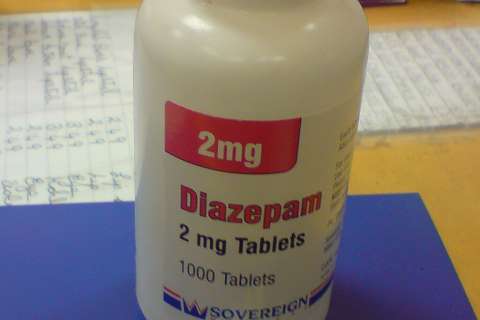The newest surgical treatment at UCLA Health for men with benign prostatic hyperplasia (BPH), a common condition associated with bothersome urinary symptoms, produces similar results to the traditional surgical “gold standard” with fewer side effects, says a UCLA Health urologist who has performed the procedure, known as Aquablation, since UCLA began offering it in June.
An estimated 14 million men in the U.S. have BPH, in which the enlarged prostate begins to block the urine stream, resulting in greater difficulty emptying the bladder and, in some cases, increased urinary frequency and urgency. The diagnosis is especially common with age — approximately half of men in their 50s and up to 90% of men older than 80 have BPH. Although it is non-cancerous, it can significantly hinder quality of life and, if untreated, increases the risk for urinary tract infections and bladder stones, as well as urinary retention — the inability to void without a catheter.
Medication is the starting point for most men whose BPH symptoms are affecting their quality of life, notes Christopher Saigal, MD, professor and executive vice chair of the UCLA Health Department of Urology and one of several UCLA Health urologists who perform the minimally invasive surgery. “But for some men, medication stops being effective or isn’t doing enough,” Dr. Saigal says.
He explains that several surgical options are available for BPH. Transurethral resection of the prostate (TURP) has been the most effective at improving urine flow, but patients can experience side effects that include retrograde ejaculation — when fluid goes into the bladder rather than out of the penis during an orgasm. “For men who need surgery, Aquablation has a lower side-effect profile than TURP because of its precision, and it is able to remove the tissue faster, which means less time in the operating room,” Dr. Saigal says.
Aquablation uses a robotically controlled high-pressure, heat-free water jet to precisely destroy the excess prostate tissue in BPH. Unlike other surgical treatments — including TURP; photo-selective vaporization of the prostate (PVP), which employs laser energy to destroy the overgrown tissue; and holmium laser enucleation of the prostate (HoLEP), which endoscopically carves out the excess tissue with a laser — Aquablation combines ultrasound imaging with a thin camera, called a cystoscope, to allow surgeons to see the entire prostate in real time as they target the prostate tissue to be removed.
“Other BPH surgeries are highly effective at helping men empty better, but they all use visual cues, with the surgeon deciding when to stop taking tissue out,” Dr. Saigal says. “With Aquablation, we are guided by ultrasound, so we can see in a live X-ray where the prostate is and use a surgical robot to remove tissue. It’s a more precise way to deliver the energy. Because of that, we can preserve critical structures involved in ejaculation.”
Aquablation takes less time to perform than TURP, though it still requires an overnight stay in the hospital. For men with more moderate symptoms and smaller prostate glands, office-based procedures are available that don’t require a trip to the OR and carry little risk of sexual side effects, though the results pertaining to urine flow rate and ability to empty are likely to be better with Aquablation, Dr. Saigal says. Another benefit of Aquablation is that it can be successfully performed on larger prostates than are not conducive to TURP, sparing men with large glands from having to undergo a more complex surgical procedure.
The procedure has proved to be popular with patients. “This procedure seems to mimic the excellent outcomes for BPH patients that we get when we resect or carve out tissue with a laser, but with fewer side effects,” Dr. Saigal says. “That makes it an exciting option for our patients.”
Dan Gordon is the author of this article.




